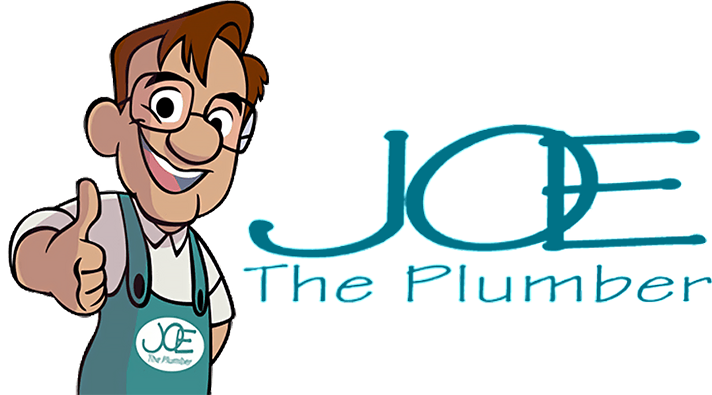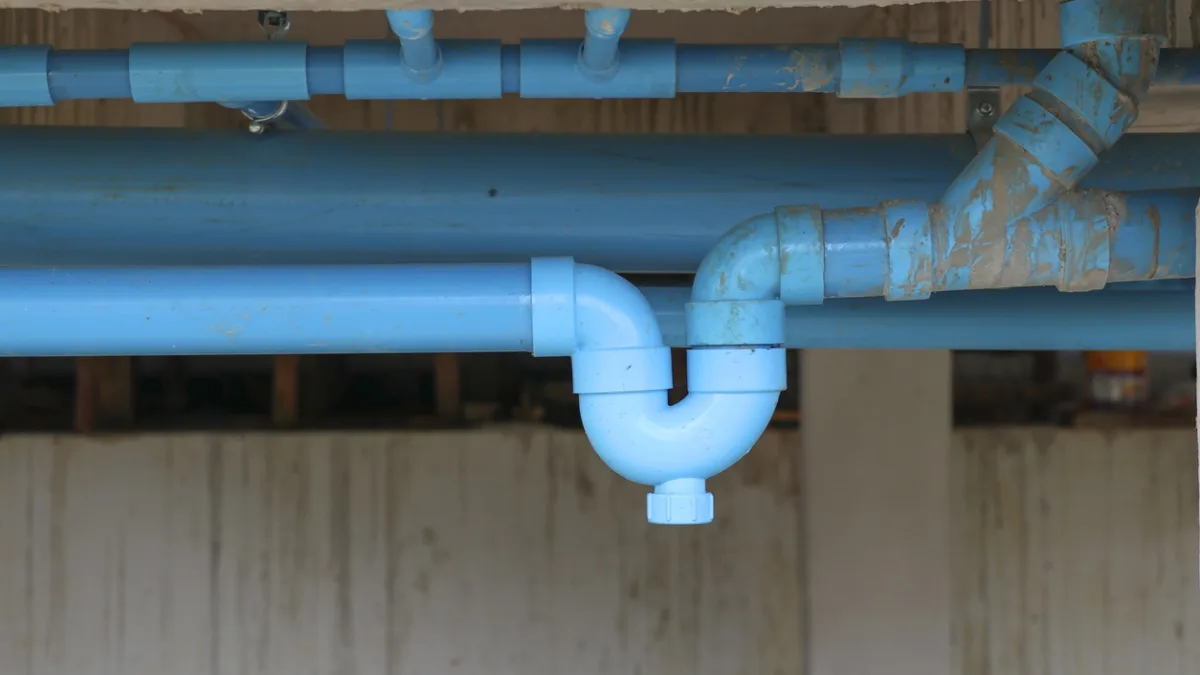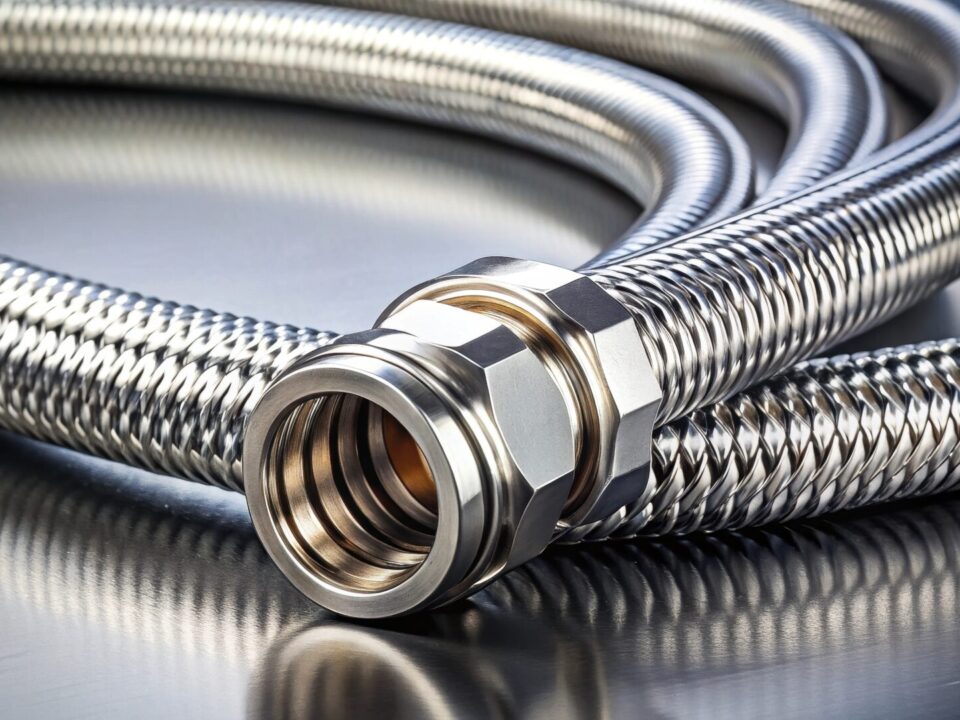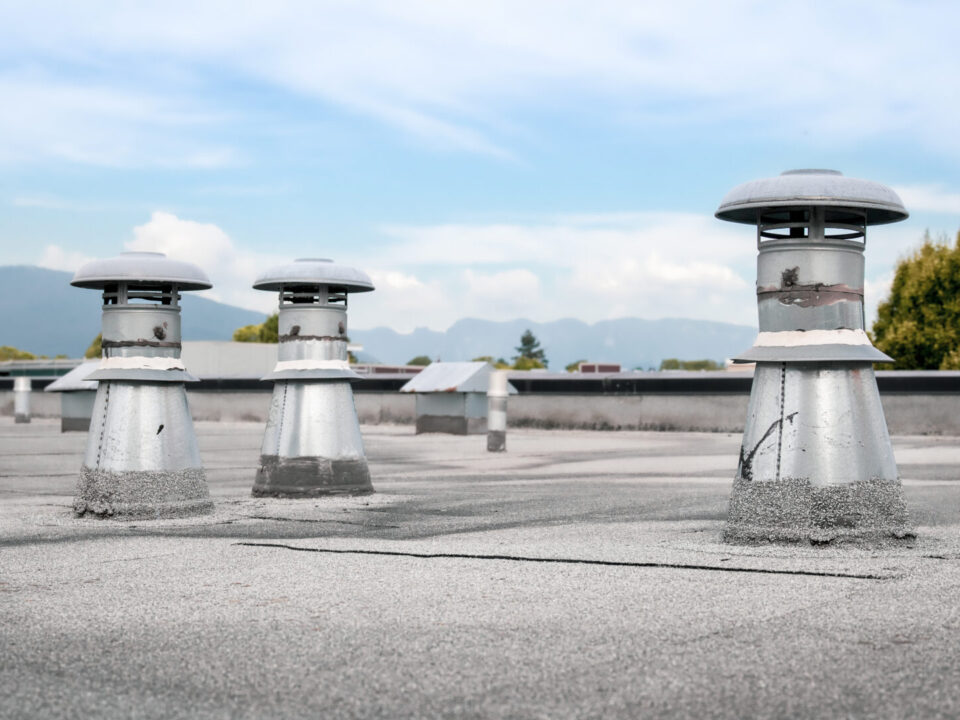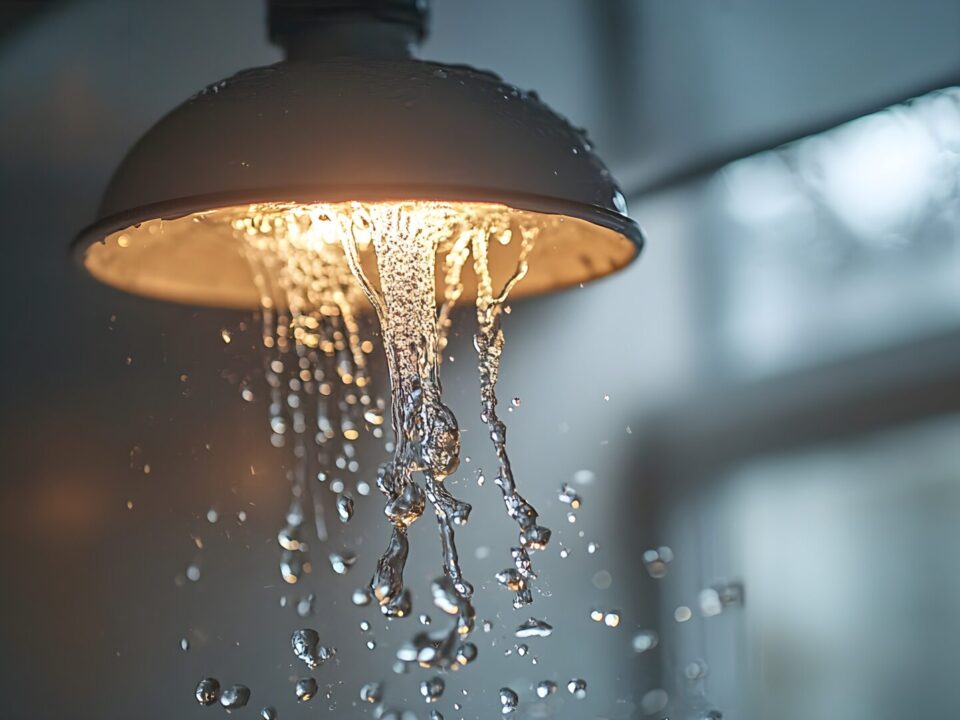P-Trap Vs S-Trap
The plumbing system is an essential part of any home, responsible for carrying water in and out of various fixtures. This system’s traps play a crucial role in preventing sewer gases from entering the living spaces. Two common types of traps used in plumbing are the P-trap and S-trap. Understanding these two traps’ differences is essential for homeowners and plumbers alike.
A P-trap gets its name from its shape, resembling the letter “P” when viewed from a side angle. It consists of a curved pipe connecting to the drainpipe from the sink or other fixture and then extending downward before connecting to the main sewer line. This unique shape allows water to collect in the curve, creating a barrier that prevents sewer gases from entering the building. The P-trap also helps to trap debris, preventing it from clogging the main drain.
On the other hand, an S-trap derives its name from its shape, resembling the letter “S” when viewed from a side angle. The first curve connects to the fixture’s drainpipe, while the second curve connects to the main sewer line. Like a P-trap, an S-trap also holds water in its curves to prevent sewer gases from entering the fixture.
Visual Difference Between P-Trap vs. S-Trap
While both P-traps and S-traps serve similar purposes, they have some critical differences. One significant difference is their installation requirements. A P-trap can be installed horizontally or vertically without any issues, making it more versatile than an S-trap, which only requires vertical installation. Additionally, due to their design differences, P-traps tend to be less prone to siphoning than S-traps.
Deciding Which Trap To Use
When choosing between a P-trap and an S-trap for your plumbing needs, there are several factors you should consider:
- The local plumbing code requirements, as some areas may have specific regulations regarding the type of trap that must be used.
- Consider the space available for installation, as a P-trap may be more suitable in tight spaces due to its flexibility.
- Think about the fixture and its drain location, as certain fixtures may require a specific type of trap.
About the P-Trap
A P-trap is an essential component of a plumbing system that helps to prevent sewer gases from entering a building. It is called a P-trap because of its distinctive shape, resembling the letter “P.” The purpose of a P-trap is to create a water seal that prevents odors and harmful gases from escaping through the drain pipes and entering the living or working spaces.
The way a P-trap works is quite simple yet effective. It is installed beneath sinks, toilets, and other fixtures that have drains. The trap consists of a curved section of pipe with one end connected to the drainpipe and the other connected to the main sewage line. The curved shape of the trap retains water, creating a barrier between the plumbing system and the sewer line.
How P-Traps Work
When water flows down the drain, it passes through the P-trap and fills up the curved section. This water forms a seal that prevents gases from returning to the building. The water’s weight also helps maintain this seal even when there is no flow in the drainpipe.
Advantages of a P-Trap
One advantage of using a P-trap is its effectiveness in preventing sewer gases from entering indoor spaces. Creating a water seal acts as a barrier against foul odors and potentially harmful gases such as methane and hydrogen sulfide. This ensures better air quality and protects occupants from respiratory issues or other health problems associated with exposure to these gases.
Another advantage of using a P-trap is its versatility. It can be easily installed in various plumbing fixtures such as sinks, bathtubs, showers, and toilets. Its standardized design allows for compatibility with different drains and pipes, making it widely used in residential, commercial, and industrial settings.
Disadvantages of P-Traps
However, there are also some disadvantages associated with using a P-trap. One common issue is that the water seal can be protected if properly maintained or if there are blockages in the drainpipe. This can lead to the escape of sewer gases and unpleasant odors. The trap is regularly inspected and cleaned to ensure its proper functioning.
Additionally, the curved shape of a P-trap can sometimes cause clogs due to debris accumulation. Hair, soap scum, food particles, and other substances can get trapped in the bend of the trap, leading to slow drainage or complete blockage. Regular cleaning and removal of debris are essential to prevent these issues.
About The S-Trap
The S-trap is another type of plumbing trap commonly used in older buildings. Like the P-trap, the S-trap prevents sewer gases from entering the building and maintains a healthy and odor-free environment. However, some distinct differences between the two traps are essential to understand.
The purpose and function of an S-trap are the same as that of a P-trap. It creates a water seal that prevents sewer gases from flowing back into the building through the drain pipe. The S-trap consists of a curved section of pipe with one end connected to the fixture’s drain and the other connected to the main waste line. This curved section holds water, creating a barrier that prevents foul odors or gases from escaping into the air.
How S-Traps Work
In terms of how an S-trap works, it operates on a simple principle of gravity. Water flowing through the drain pipe creates a suction that pulls air behind it. This suction would allow sewer gases to enter the building through the drain opening without a trap. However, with an S-trap installed, the water seal effectively blocks these gases from entering.
Advantages of an S-Trap
One advantage of using an S-trap is its simplicity and ease of installation. Unlike P-traps, which require additional horizontal space for their shape, S-traps can fit into tight spaces due to their vertical design. This makes them suitable for installations where space is limited or when retrofitting existing plumbing systems.
Disadvantages of an S-Trap
However, there are also some disadvantages associated with using an S-trap. One major drawback is that they are more prone to siphoning than P-traps. If there is insufficient venting or if there is a sudden rush of water down the drain pipe, it can create negative pressure inside the trap and cause it to lose its water seal. This can lead to sewer gases being released into the building.
Another disadvantage of using an S-trap is that it is more susceptible to clogging. The curved shape of the trap can trap debris and waste, leading to blockages over time. This can result in slow drainage or complete blockage, requiring professional intervention to resolve the issue.
Factors to Consider
When it comes to choosing between a P-trap and an S-trap for your plumbing needs, there are several factors that you should take into consideration.
One of the first factors to consider is the compatibility of the trap with your existing plumbing system. P-traps and S-traps are designed to prevent sewer gases from entering your home, but they have different configurations. A P-trap is shaped like the letter “P” and is commonly used for sinks, showers, and bathtubs. On the other hand, an S-trap has a shape resembling the letter “S” and is typically used for floor drains or fixtures where a P-trap cannot be installed. It’s essential to assess whether your plumbing system can accommodate a P-trap or an S-trap based on its design and layout.
Another crucial factor to consider is local building codes and regulations. Plumbing codes vary from jurisdiction to jurisdiction, so you must check with your local authorities to determine which type of trap is permitted in your area. Some regions may only allow P-traps due to their superior performance in preventing sewer gas leaks, while others may permit both options. By adhering to these regulations, you can avoid potential legal issues and ensure that your plumbing system meets safety standards.
Maintenance and cleaning requirements are also significant considerations when deciding between a P-trap and an S-trap. P-traps are generally easier to clean because they can be easily removed for access. They often feature a threaded connection that allows for straightforward removal and reinstallation during maintenance or clog removal. In contrast, S-traps are more challenging to clean due to their complex shape and lack of removable parts. This can make routine maintenance more time-consuming and require the assistance of a professional plumber. Therefore, evaluating your willingness and ability to perform regular maintenance on the trap you choose is crucial.
Lastly, it’s essential to consider the long-term implications of your decision. While both P-traps and S-traps serve the same purpose of preventing sewer gas leaks, P-traps are generally considered more reliable and efficient. They have a more resounding seal that helps prevent the evaporation of water in the trap, which can lead to the escape of sewer gases. P-traps are less prone to siphoning or self-draining, ensuring a consistent barrier against sewer gases. On the other hand, S-traps may be more prone to these issues due to their design. Considering these factors can help you make an informed decision based on your chosen trap’s long-term performance and reliability.
Still, Have Quetions? Contact Joe The Plumber Today!
To ensure the proper functioning of your plumbing system and avoid any potential problems, it is recommended to consult with a professional plumber like Joe The Plumber. We can assess your specific needs and provide expert advice on which trap would be most suitable for your situation.




